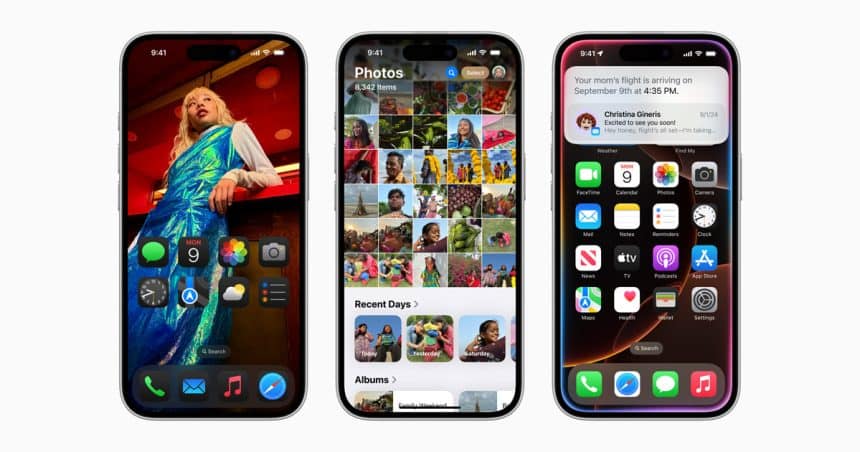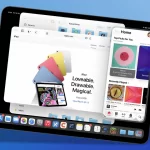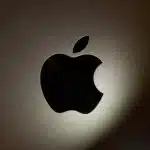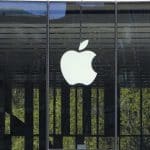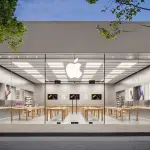Apple says iOS 18 now runs on 82 percent of compatible iPhones. That figure lands just under the 10-year average of 83.2 percent, and it trails past standouts such as iOS 14, which hit 90 percent.
Early surge faded quickly
During launch week last October, CEO Tim Cook boasted that iOS 18.1 upgrades were “twice as fast” as the prior year’s point release. By January, adoption reached 76 percent—still solid, yet momentum slowed through spring.
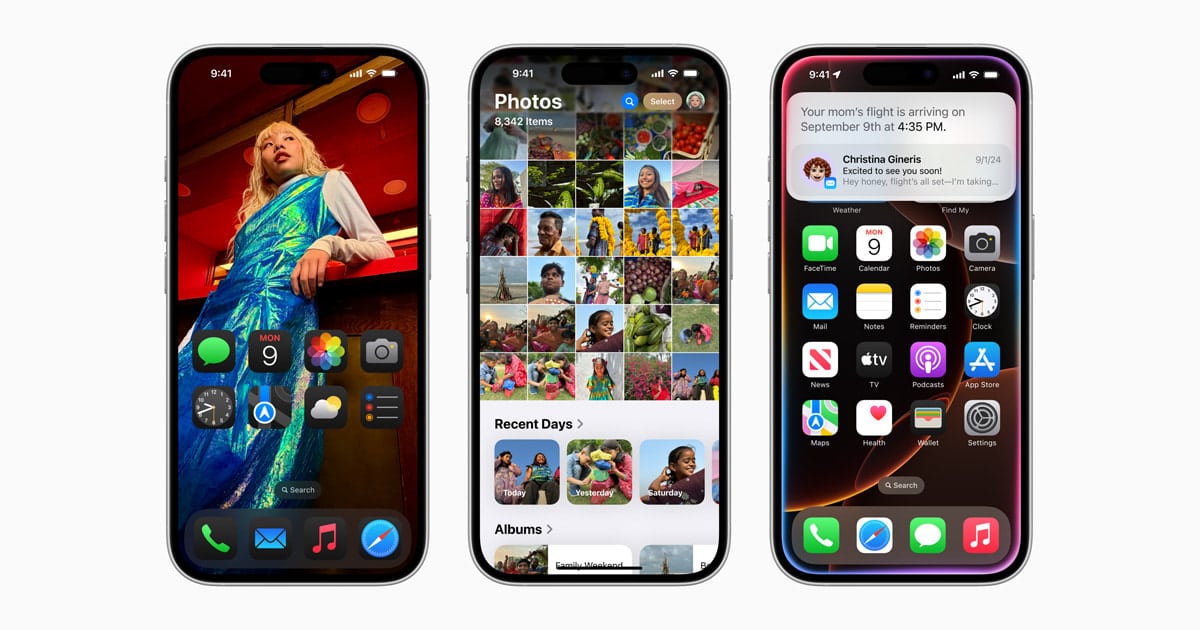
Apple Intelligence failed to sway holdouts
Analysts expected the new on-device AI suite to spark rapid installs. Instead, the final tally sits between strong performers like iOS 12 (87 percent) and last year’s lagging iOS 17 (77 percent). Many users cite concerns over large download sizes and unknown battery impact before making the leap.
Recent iPhones adopt slightly faster
When Apple counts only models released within the past four years, iOS 18 scores 88 percent—just 0.1 points above the 2019-to-2025 average for that slice of devices. In short, even the newest hardware did not stampede to update.
Context matters for rivals
Android’s latest version sits on roughly 4.5 percent of phones, according to May 2025 research. That gap still lets Apple claim a healthier ecosystem, yet Cupertino clearly missed its own high-water mark.
What could boost the numbers
Developers suggest smaller delta updates, clearer battery-life assurances, and staged AI rollouts tied to region rather than model year. Apple may also highlight security patches more aggressively when it pitches iOS 18.5 at WWDC in June. Until then, one in five eligible iPhones continues to hold out—showing that even flashy AI needs a stronger hook to beat upgrade inertia.
